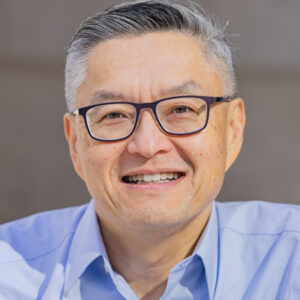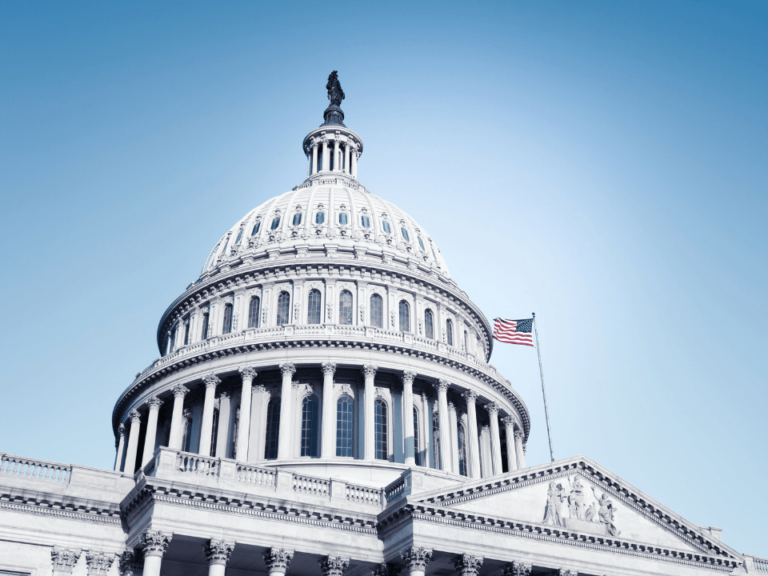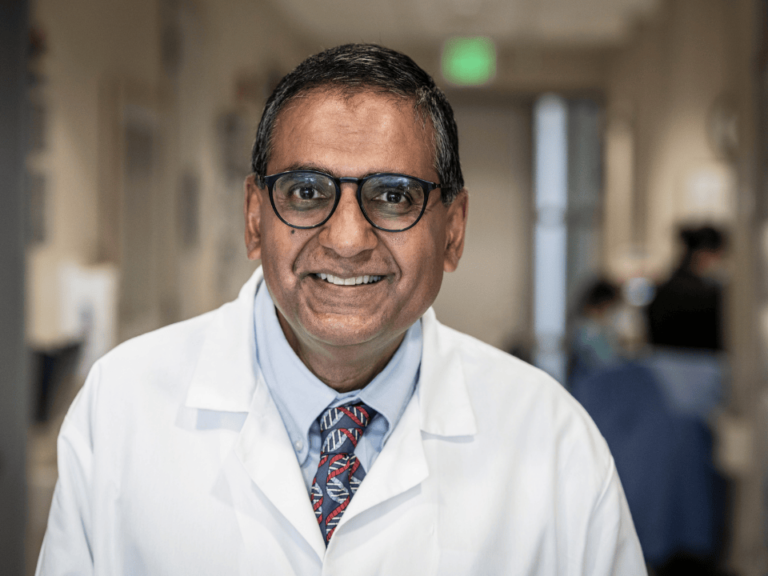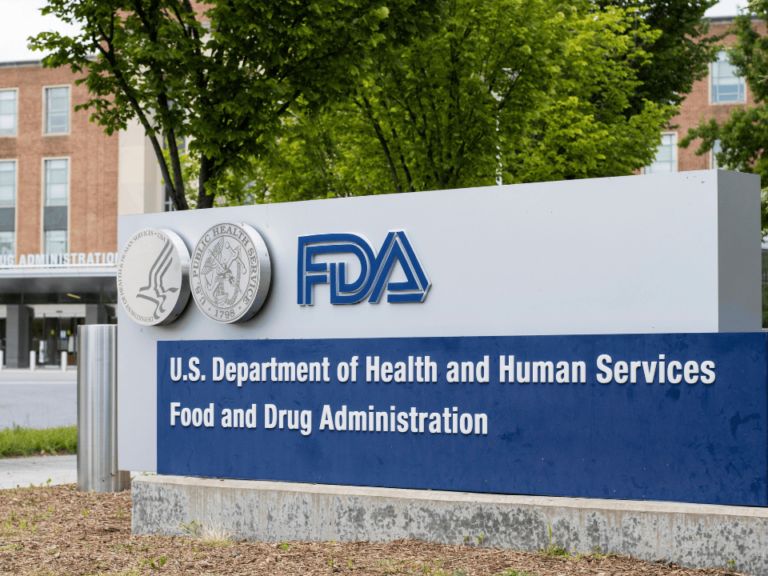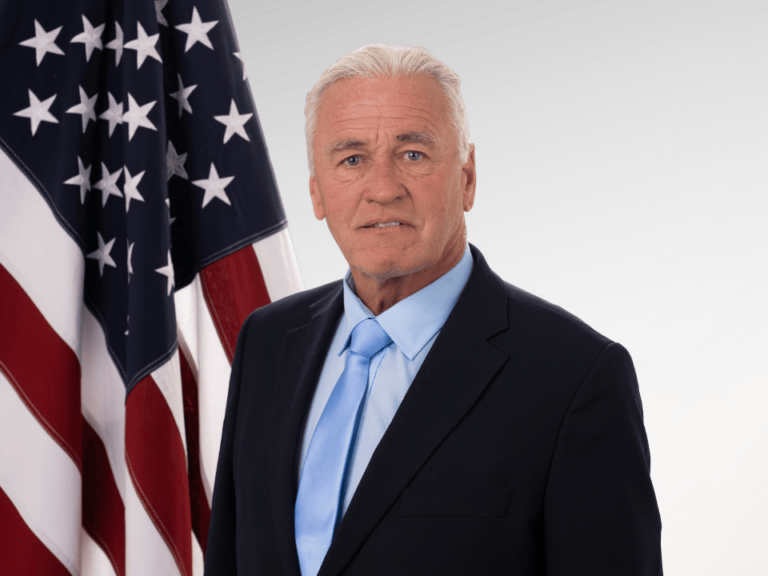As a physician-scientist who has navigated drug development from lab bench to bedside to executive boardroom, I want to touch upon a subject that is near and dear to my heart: the state of American science—a linchpin of our healthcare system and national competitiveness.


I just wrote a book called “BREAKTHROUGH: The Quest for Life-Changing Medicines.” It illustrates, through the stories of individual unsung heroes, from the academic scientists interested in nature’s mysteries, to the doctors hoping to help their patients, to the drug hunters seeking new medicines, and so many more, how innovation actually happens in drug discovery. There are eight chapters about eight different molecules from eight different companies, including two anti-cancer medicines (alpelisib and osimertinib). I chose to write about molecules that are truly pioneering, where the science is cool, the stories of discovery are illuminating, and the impact on patients has been meaningful.
Each chapter shows how new drugs don’t appear out of thin air. The journeys to regulatory approval highlight how drug development is not a straightforward, linear process that follows a predetermined roadmap or timeline. Rather, the stories stress the importance of individuals who display determination and resilience, who learn as they go, who take advantage of luck when it comes, and who unlock dead ends by leveraging unexpected findings from adjacent fields.
Because the book is about innovation in drug discovery, obviously, science plays a leading role. And right now, the scientific establishment feels under attack, with scientists being randomly fired, government funding being suddenly halted, and programs being stopped on a whim.
My academic colleagues and friends are experiencing uncertainty about whether they can keep their labs open, train and inspire the next set of graduate students and postdocs, or make the next scientific discoveries. They wonder whether the U.S. will remain a beacon of scientific leadership around the world. One even told me he was thinking of pursuing science in another country.
My biotech/pharma colleagues wonder whether the U.S. will keep its cutting edge in the life sciences and innovative new drug development.
It is not a given that the U.S. will always be the world leader in the life sciences.
Case example of the life science innovation process
Let’s consider the development of exagamglogene autotemcel (exa-cel), the world’s first gene editing therapy recently approved for the treatment of sickle cell disease. This is a rare genetic disorder involving hemoglobin, which results in abnormally shaped red blood cells. Sickled cells clog blood vessels, leading to anemia, pain, and life-threatening blockages. Every medical curriculum covers this genetic disorder because it made history as the first disease traced, by Linus Pauling, to a single nucleotide mutation in human DNA.
The backstory of exa-cel began more than 100 years ago, when sickle cell disease was described by James Herrick in 1910.
Right now, the scientific establishment feels under attack, with scientists being randomly fired, government funding being suddenly halted, and programs being stopped on a whim.
By the 1940s, it was appreciated that humans have three forms of hemoglobin: embryonic, fetal and adult. Each form is slightly different and predominates during the different phases of life. In 1948, pediatrician Janet Watson noted that children born with SCD do not suffer its symptoms straight away, and she hypothesized that that was because fetal hemoglobin, as opposed to adult hemoglobin, was somehow immune to sickling.
Following validation of this hypothesis in the 1960s, many scientists converged around a single question: What controls switching from fetal to adult hemoglobin? Not only was it a fascinating biological question but answering it could also lead to harnessing fetal hemoglobin to help patients with SCD.
One intrigued person was Stuart Orkin, a molecular biologist who began working on the problem in 1978. Like many others, he tried multiple approaches. All led to dead ends. Along the way, he discovered many other insights, but not the key to fetal hemoglobin switching. By the early 2000s, he and no one else were working on the problem.
Then, a young MD/PhD student named Vijay Sankaran joined Stuart Orkin’s lab and wanted to study the problem. He, too, tried many approaches that led nowhere. But finally, in 2007-2008, he and others made a breakthrough. It wasn’t initially a breakthrough in molecular biology, though. It came from a totally different field, called population genetics.
They studied large populations to see what genes were associated with diseases. They used a method called genome-wide association studies to implicate the gene, BCL11A, in hemoglobin switching. This is a transcription factor or a protein that controls the expression of genes.
No one had even thought about this gene in the context of hemoglobin switching. In a stroke of scientific imagination, Orkin’s lab went on to prove that BCL11A was indeed the switch, and that they could cure mice with sickle cell by correcting this gene.
Some 40 years after working on the problem, people finally understood the mechanism of fetal hemoglobin switching and in so doing had found a potential drug candidate! But BCL11A is not an easy target to drug with conventional methods, like small molecules or antibodies. An innovative technology was still needed.
Only a few years later, in 2012, the discovery of CRISPR/Cas9 by Jennifer Doudna and Emmanuelle Charpentier made the editing of genes readily feasible. Thereafter, teams of scientists at Vertex Pharmaceuticals/CRISPR Therapeutics created a medicine involving BCL11A gene-editing for patients with SCD, with approval by the US FDA in December 2023.
Why did it take another decade to get the medicine approved? Because the scientists at Vertex and CRISPR had to figure out how to make gene editing safe and effective with reproducible in every manufacturing cycle. Curing mice in the lab is one critical step.
But making medicines for humans requires another level of innovation. As David Altshuler from Vertex said, ‘It would be like saying you’ve built a bridge of Lego, and now you think you know how to build a bridge across the Hudson [River].”
The story of exa-cel, starting in 1910 and culminating in 2023, shows how the innovation process occurs in the life sciences: doctors, basic scientists and drug developers work tenaciously over decades, building upon each other’s cumulative knowledge, until finally it’s possible to create a life-changing therapy for a disease. The process seemingly meanders, like a river that has many bends, until all the currents eventually come together to make a new medicine possible.
The triumph of human ingenuity and a call to action
To gain regulatory acceptance, a new medicine must show it helps patients feel better, do more, or live longer.
A question for context: By the end of 2022, how many new molecular entities (i.e., novel drugs) had ever been approved in the U.S.?
100, 1,000, 10,000, 50,000?
The answer is only about 1,800.
This small number underscores how hard it is to make a new drug.
The story of exa-cel, starting in 1910 and culminating in 2023, shows how the innovation process occurs in the life sciences: doctors, basic scientists and drug developers work tenaciously over decades, building upon each other’s cumulative knowledge, until finally it’s possible to create a life-changing therapy for a disease. The process seemingly meanders, like a river that has many bends, until all the currents eventually come together to make a new medicine possible.
So, the next time you take a medicine (or prescribe one, for that matter), I encourage you to pause and reflect that medicines do not just magically appear.
Think about how the triumph of human ingenuity, through research and development, led to that pill or injection.
Think about and appreciate the thousands of determined and resilient scientists and collaborators across academia, biotech, and industry who spent their careers advancing science and passed the baton of knowledge, often over decades, to contribute to that final breakthrough.
Think about the importance of funding basic science to enable curious scientists to decode nature, of funding physicians to better understand diseases, and of funding drug developers to make the undruggable druggable, and how all of that research can eventually lead to new breakthrough medicines that help patients.
Finally, consider that without scientists, the U.S. would not be the world leader that it is today in the life sciences.


